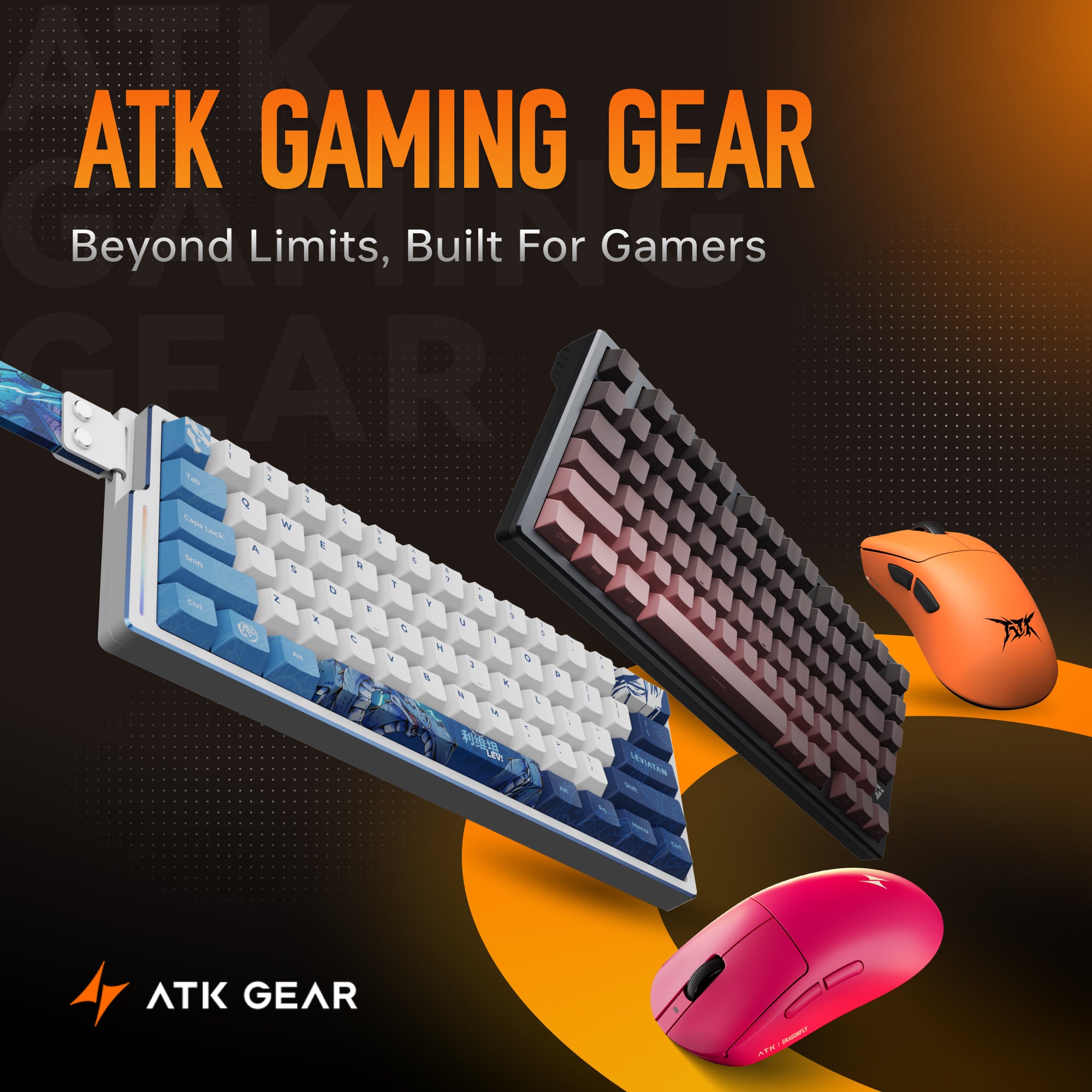Gaming Mouse Weight Dynamics: Is Lighter Always Better for Performance?
If you've been anywhere near the gaming mouse scene in the last few years, you've seen the trend: lighter and lighter. We're talking mice that weigh less than a deck of cards, sometimes even less than a couple of AA batteries. The marketing buzz often suggests that shedding grams is the ultimate path to faster reactions and better aim. But is a featherlight mouse always the superior choice for gaming performance? As someone who's tinkered with a lot of PC gear, let's unpack the dynamics of mouse weight.
Why the Big Push for Lightweight Gaming Mice?
The core idea behind the lightweight trend is pretty straightforward. Lighter gaming mice require less physical effort to start moving, stop moving, and change direction. This can translate to:
- Faster Initial Movement: Less inertia means you can flick to a target quicker.
- Easier Micro-Adjustments: Making those tiny, precise corrections for a headshot can feel more effortless.
- Reduced Fatigue: Over long gaming sessions, pushing around a heavier mouse can theoretically lead to more arm and wrist fatigue.
For fast-paced games, especially first-person shooters (FPS) where quick, precise aiming is king, these perceived benefits have driven manufacturers to innovate with honeycomb shells, lighter internal components, and thinner cables.

When Lighter Gaming Mouse Isn't Better for Everyone
While a lighter mouse sounds great on paper, it's not a universal win for every gamer or every game.
Loss of Control or Stability
For some, especially those with greater sensitivity settings or less steady hands, an ultralight mouse will become a bit "floaty" or harder to control. Without the weight, it has a higher chance of overshooting targets or making extraneous movements. A bit more weight can, at times, provide a more planted, stable feel, useful for consistent tracking or when very deliberate, smooth motions are desired (like sniping or certain strategy games).
Build Quality and Durability Concerns (Sometimes)
To achieve record-low weights, manufacturers sometimes have to make sacrifices. That may be thinner plastics, more skeletal inner frames, or constructions (like extreme honeycomb shells) that may conceivably be less long-term durable or more creaky or floppy if not designed perfectly. Although most lightweight mice are extremely well-constructed, it's something to watch out for, especially with lower-end models.

It's Not Just Weight, It's Also About Balance and Shape
The total gram weight of a mouse isn't the sole factor to consider; the way that weight is distributed (its balance) and the overall shape of the mouse are perhaps equally, if not more, important to comfort and control.
A poorly balanced mouse, even a light one, will be awkward to lift and move about. Conversely, a slightly heavier mouse with excellent ergonomics and balance and one that is comfortable for your hand size as well as grip style too can be more "agile" and easier to use than an ultra-light mouse that isn't suited for you. Always choose a form that affords a solid, comfortable hold for your hand size and grip style of choice (palm, claw, fingertip).
Find Your Sweet Spot: Personal Preference and Playstyle Reign Supreme
Ultimately, there's no single "best" mouse weight. It boils down to individual preference, the types of games you play, your sensitivity settings, and even your physical strength and mousing technique.
- Low-Sensitivity Arm Aimers: Players who use large mousepads and make sweeping arm movements for aiming (common in FPS games) often benefit most from lightweight mice, as it reduces the effort of those large movements.
- High-Sensitivity Wrist Aimers: Some players who use higher DPI settings and rely more on small wrist or finger movements might prefer a mouse with a little more heft for added control and to prevent jittery movements.
- Game Genre: While FPS players often lean light, someone playing a slower-paced RPG or strategy game might not see the same benefits and could prioritize comfort or extra buttons on a slightly heavier mouse.

![]() How to Figure Out What Works for You
How to Figure Out What Works for You
If you're unsure, try to get a feel for different mice if possible. If you have friends with different gaming mice, ask to try theirs. Some electronics stores have display models.
Consider what you're using now. Does your current mouse feel too heavy and sluggish, or does it feel pretty good but you're just curious about the lightweight trend? If you're coming from a very heavy office mouse (often 100g+), almost any dedicated gaming mouse will feel like an improvement in agility. Understanding the key differences between a normal mouse and a gaming mouse can highlight why this improvement goes beyond just the weight reduction.
Many gamers find their ideal weight somewhere in the 60-90 gram range. Ultralight mice often dip below 60g, while some still prefer mice closer to 90-100g for that added stability. Don't be afraid to experiment if you can, but also don't feel pressured to chase the absolute lowest weight if it doesn't feel right for your control.
The move toward lighter gaming mice has pushed new ideas and given players more choices, which is a good thing. Still, "lighter" doesn't always mean "better" for everyone. Think about how you play, how you grip, and what feels best in your hand in terms of control and comfort. Even if it's the lightest mouse on the market, the best one for you is the one that feels like an extension of your arm and lets you work quickly and accurately.


